 Your new post is loading...
 Your new post is loading...
Spend more time teaching learning skills. Klemm recommends memory tricks like mnemonic devices, and visualizing ideas as complex images, to help students expand their working memory. “If they knew these things, they wouldn’t have to work so hard and school might even become fun,” Klemm said. “Once students start reflecting and become more self-aware, they have the opportunity to become better students.”
“Working memory gets overloaded,” Kleem said. “Most people can only hold four independent ideas in working memory.” But if images are used to represent a constellation of ideas, people can remember much more. Words are hard to remember, but images stick with people. “It’s like a zip file,” Klemm said. “This is a way to get your working memory to carry more.”
Learn more:
- https://gustmees.wordpress.com/category/learning-to-learn/
Via Gust MEES
This report summarises evidence from the OECD TALIS and PISA surveys that underpins the three themes of the 2015 International Summit on the Teaching
Via Gust MEES, ismokuhanen
The Internet of Everything (IoE) represents the next “world-changing” revolution, after the Industrial Revolution of 1750 – 1900, and following the Computer & Internet revolution which started in the 1950’s. It is an exciting scenario in which objects, personal devices, even animals communicate, take Intelligent decisions, and autonomous actions on their own without human interaction. This revolution will completely transform industrial sectors and the entire world, for all of us, in ways as powerful as the Industrial Revolution and even more. It is our future, and it is happening now.
How is it happening? For an Evolution of Technologies, and with a Revolution of Minds… Learn more: - http://www.scoop.it/t/securite-pc-et-internet/?tag=smart-TV - http://www.scoop.it/t/21st-century-learning-and-teaching/?tag=Internet+of+Things - http://www.scoop.it/t/securite-pc-et-internet/?tag=Internet+of+things - http://globaleducationandsocialmedia.wordpress.com/2014/01/21/why-is-it-a-must-to-have-basics-knowledge-of-cyber-security-in-a-connected-technology-world/
Via Gust MEES, Lynnette Van Dyke
Even if New Year’s Resolutions aren’t your thing, a new year is always a good time to reflect and evaluate your progress in the past 12 months.
Habits and systems will help you make real, lasting changes. Learn more:
Via Gust MEES
In my mind, this is exactly what the future of lifelong learning looks like. We will be learning constantly throughout our careers as workers and citizens, and once young people graduate from formal institutions, much of that learning will be self-directed and unstructured. What I hope that students could take away from my Connected Course were the skill sets to participate in that kind of learning out on the open Web, and the belief that lifelong learning can be most powerful when we intentionally build networks of people to learn with us.
On the first day of my course, I tell students that they have three responsibilities: to advance their own learning, to advance the learning of their classmates and to advance the learning of their wider communities. If they are successful as students, they’ll benefit not only themselves, but their classmates and colleagues beyond.
Learn more:
- http://www.scoop.it/t/21st-century-learning-and-teaching/?tag=Life-Long-Learning
Via Gust MEES
|
The educator becomes a connected educator and through sharing, is an active participant and contributor to the connected educator movement.
Being a connected educator means connecting with other teachers to exchange ideas, improve your teaching practice, and in turn, make a change in education. It is only through being connected that we can collaborate and help to foster learning for the 21st century and beyond. (Being a Connected Educator)
The gap between what is and what could be in education is larger than it ever has been. I believe this is largely due to technology and the ability to establish global connections because of social media. Educators are more connected and more aware about education trends than any time in the history of public education.
Imagine how education could be transformed if all educators use their own personal, often passion-driven voices. The bottom line is that if any individual educator believes there are flaws in the education, that it can be done better, then s/he has the responsibility to say something. I reaching the point that I am starting to believe it is a moral imperative for educators to share what they know to be true with other educators; and with administrators, students’ families, community members, politicians . . . the larger global society. Learn more: - https://gustmees.wordpress.com/2015/03/15/professional-development-why-educators-and-teachers-cant-catch-up-that-quickly-and-how-to-change-it/ - https://gustmees.wordpress.com/?s=practice
Via Gust MEES, Francesc Farré

|
Rescooped by
juandoming
from gpmt
|
Accelerated by the information age, knowledge is becoming more dominant of the world’s economy. While a huge gap resides between developing countries and developed ones, bridging the breach seems more conceivable than it ever was. Education systems are at the core of building knowledge, it’s where human capital competences are developed. With holistic change around us and an immense knowledge evolving, students need to become active learners.
Student centered learning has a wide prospective, while some perceive it as an approach where students learn by doing, others debate that it happens when students have control over what to learn. However, regardless of the framework used to put students at the heart of learning process, the literature highlights it as a constructive approach, where power shifts from the teacher to the student.
En savoir plus / Learn more: - https://gustmees.wordpress.com/2014/03/29/practice-learning-to-learn/ - https://gustmees.wordpress.com/2015/01/28/practice-learning-to-learn-example-2/ - https://gustmees.wordpress.com/2014/10/03/design-the-learning-of-your-learners-students-ideas/ - https://gustmees.wordpress.com/2014/07/10/education-collaboration-and-coaching-the-future/ - https://gustmees.wordpress.com/2012/11/29/cyber-hygiene-ict-hygiene-for-population-education-and-business/
Via Gust MEES, michel verstrepen
The process of designing any sort of human experience, regardless of purpose or platform, is centered around reaching a desired outcome, ideally with as little fuss and as much joy as possible.
The purpose of an experience and the platform on which the experience takes place will vary: purchasing a plane ticket on a tablet to vacation, enjoying a musical performance in a theater, or learning to code in a classroom. Although each of these experiences require their own unique methods and frameworks, the elements that should be taken into consideration during the design process remain mostly the same.
As a learning experience designer, you should focus your time and attention during the strategy plane on identifying the gaps that exist between the learner and his/her desired outcome. Those gaps exist due to a lack of the following: - Knowledge: Do learners lack the proper information to complete a task?
- Skill: Do they have all of the right information but lack the ability to translate that knowledge into action that could be applied to a given situation?
- Confidence: Are they able to demonstrate or apply the skill, but do they hesitate or refuse to apply it?
- Motivation: Are they able to demonstrate or apply the skill confidently but just don’t want to do it?
- Access: Do they have all of the above but lack the proper tools or resources to complete a task?
Once you are able to properly identify the gaps that cause learners to struggle, you must design a solution that effectively addresses those gaps.
Learn more:
- https://gustmees.wordpress.com/2014/10/03/design-the-learning-of-your-learners-students-ideas/
- https://gustmees.wordpress.com/2015/01/28/practice-learning-to-learn-example-2/
- http://www.scoop.it/t/21st-century-learning-and-teaching/?tag=Learning+2+Learn
Via Gust MEES
|



 Your new post is loading...
Your new post is loading...











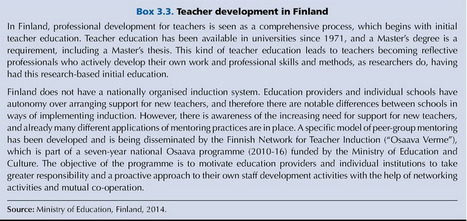






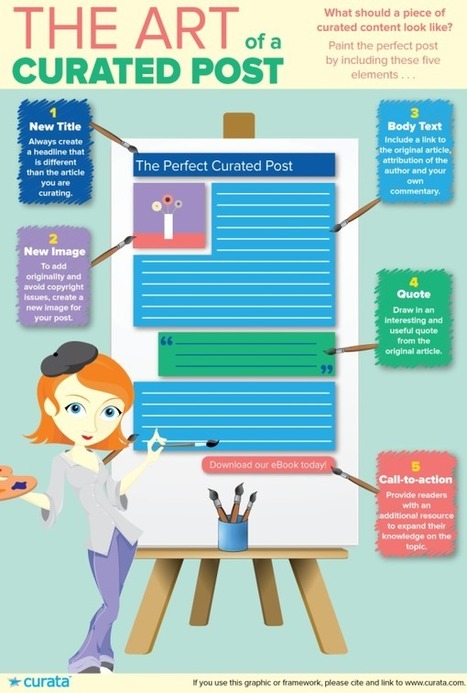





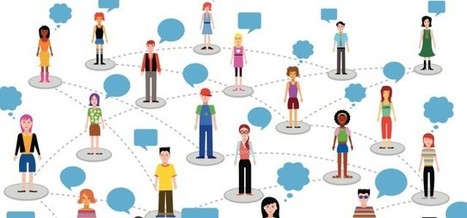

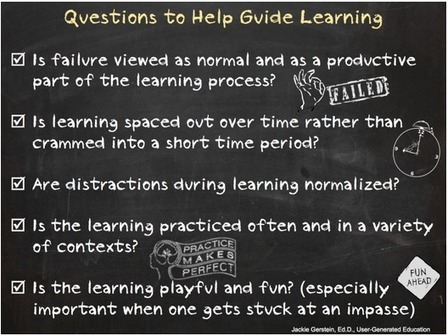






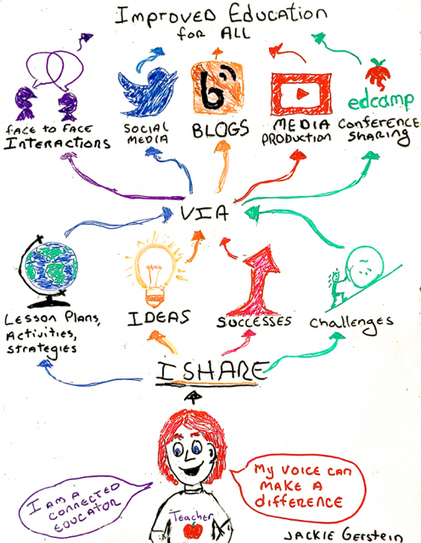


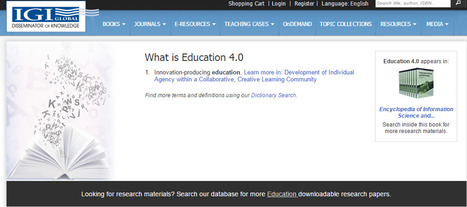


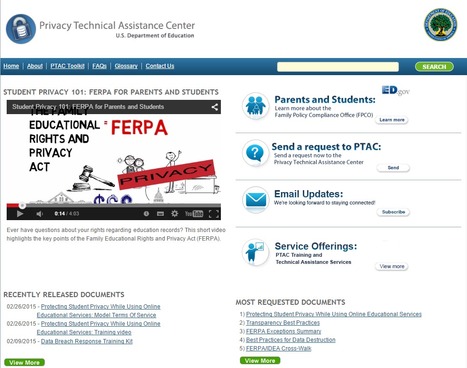
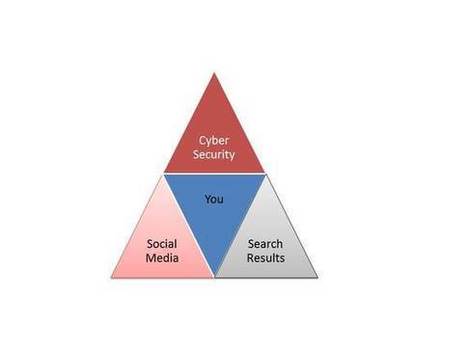
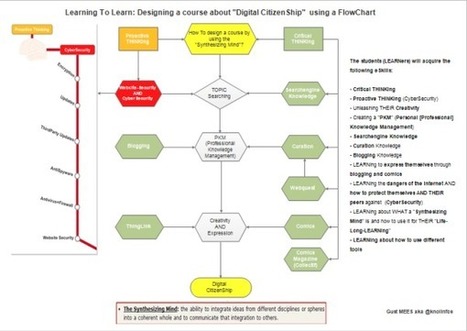

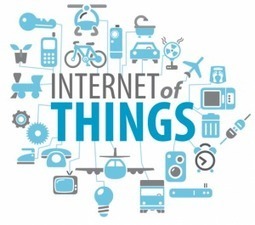


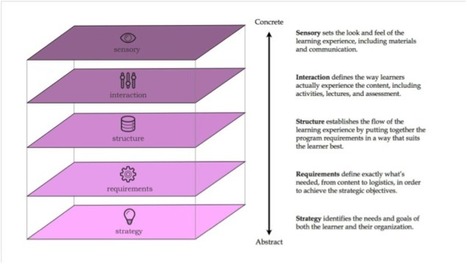









Teaching learning will help the process. It is about the process, always; that's the life skill.. Students need to get that message, early and often.
Study smarter not harder